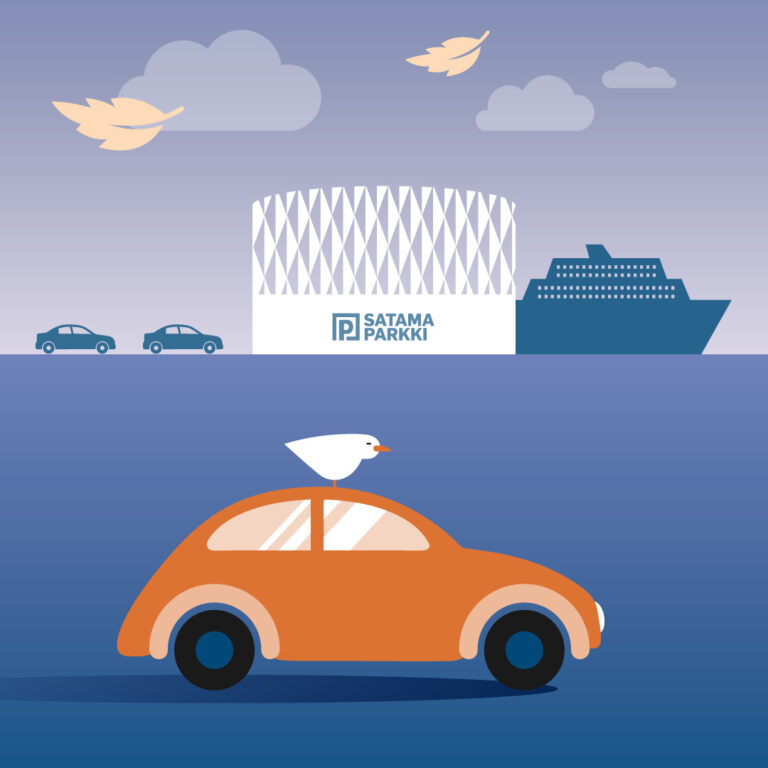General planning of Helsinki harbour tunnel is being completed – greatest differences in price and construction start time
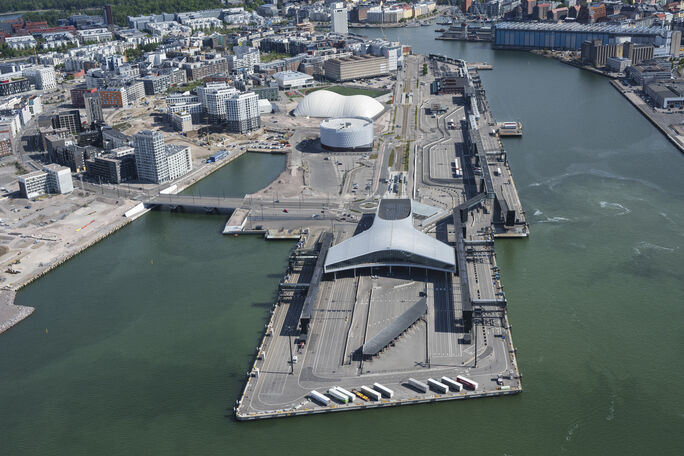
The general planning of the Port of Helsinki’s harbour tunnel from Jätkäsaari to Länsiväylä is being completed. The general plan and an environmental impact assessment currently under way form a comprehensive survey based on which a decision can be made regarding the route of the tunnel.
The harbour tunnel is a key aspect of the Port of Helsinki’s development programme and the West Harbour expansion project, which will facilitate the centralisation of Tallinn traffic at West Harbour and free up areas at South Harbour for the City’s other land use purposes, such as the new Museum of Architecture and Design. As such, the harbour tunnel will have several impacts significant to the development of Helsinki, as its impacts will reach beyond harbour operations to the development of the city centre area.
The harbour tunnel will transfer the majority of the traffic caused by harbour operations in Jätkäsaari and Ruoholahti from the street network to the tunnel. It will also make traffic more efficient in Jätkäsaari and improve the general pleasantness and air quality of the area.
Two general plans with an equal level of comprehensiveness have been created for the harbour tunnel based on two route options. The planning process for harbour tunnel options A and D was carried out in 2021–2024. A third harbour tunnel option, C, was also evaluated in the environmental impact assessment process, but its benefits were later assessed to be inadequate, resulting in its further planning being abandoned.
The previous harbour tunnel planning phase in 2020–2021 also involved surveying numerous alternative tunnel routes, of which four options (A–D) were deemed to be the most feasible and were thus selected for further planning. Route option B was abandoned before the environmental impact assessment phase.
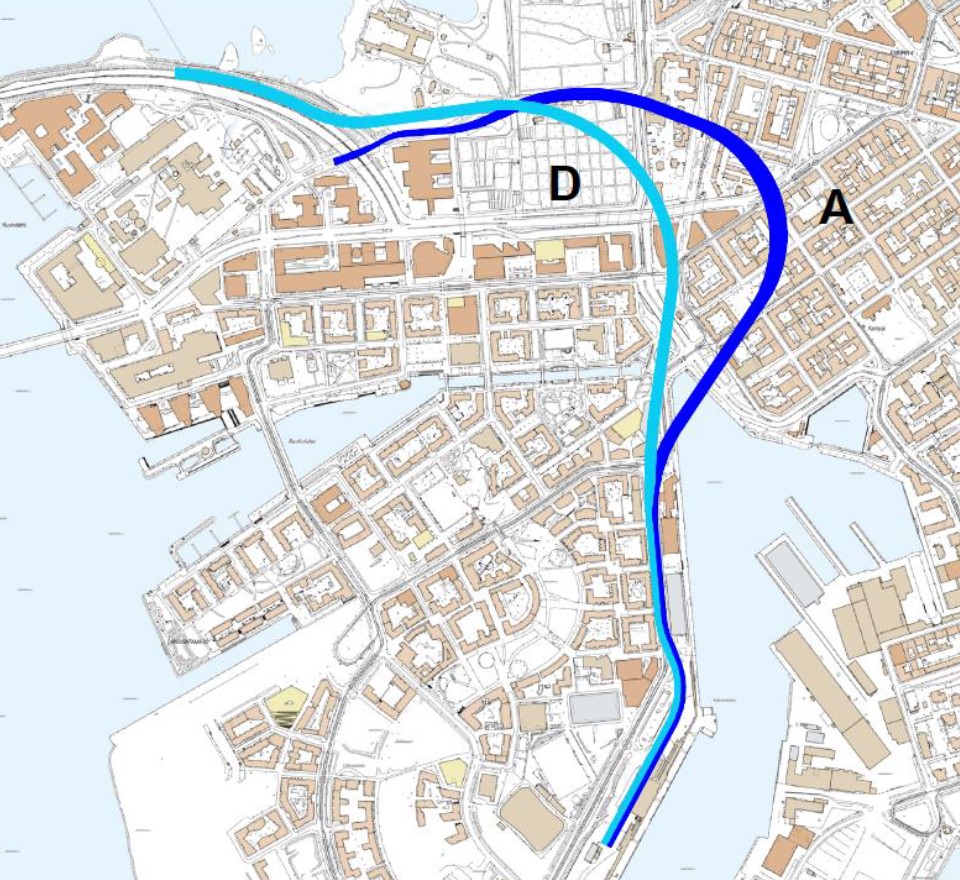
Differences in construction costs and risks between tunnel options
There are clear differences between the two remaining tunnel options being planned, related particularly to the price and duration of construction. Option A (VEA) is clearly more affordable in terms of its investment cost estimate than option D (VED). At the moment, the investment cost estimate for VEA is roughly 290 million euros in total, while the equivalent estimate for VED is roughly 420 million euros. When examining the costs, it is worth noting that the project is run and funded with its own business operations by the Port of Helsinki. The planning of the tunnel has been supported with EU funding from the TWINPORT V project.
In terms of schedule, option A can be implemented considerably more quickly than VED. The major difference in the schedules is caused in particular by Helen Ltd’s oil caverns located under Länsiväylä, making the implementation of VED more difficult. The planned route of VED goes over the oil caverns, and due to the challenges related to that, it has been estimated that VED would take roughly ten years longer to build than option A.
The oil caverns must be decommissioned before the construction of underground tunnels can begin, as their operation cannot be continued for safety reasons. The bedrock of the area is in poor condition, and the construction of tunnels would require lifting the excavation prohibition imposed by the Finnish Safety and Chemicals Agency (Tukes) in the oil cavern area. Furthermore, the project would require building a substitute oil reserve in Salmisaari, emptying the caverns, cleaning and airing out the empty caverns and reinforcing the bedrock structures.
The construction of harbour tunnel option D would also require first carrying out extensive surveying and planning, as well as further reinforcing of the bedrock, which could only be done after the oil caverns have been emptied. The aforementioned surveys will ascertain whether the risks of the area can be eliminated, the necessary permits granted and VED built. Thus, the planning process can only be completed after the caverns have been emptied. The local distillate fuel oil storage capacity is an important aspect of national crisis preparation, and Helen must have the reserve up and running before the current oil caverns can be decommissioned.
Option A does not require similar oil cavern coordination, as the route would rise above ground level before reaching the oil caverns. In practice, the implementation schedule of VEA would therefore facilitate centralising liner traffic from West Harbour to Tallinn in the early 2030s, while VED would facilitate this in the 2040s.
Impacts during construction in different places in the different options
Other differences between options A and D have to do particularly with their impacts during construction, which would occur in different places in the different options. VEA would have significantly lesser and shorter-term impacts on traffic on Länsiväylä than VED.
By contrast, the advantage of VED would be that it would have lesser impacts during construction on Lapinlahti Park than VEA. Making VEA feasible in the Lapinlahti Park area would entail coordination and the lessening of the environmental impacts. These needs are related in particular to landscape matters, as well as the local trees used by flying squirrels for nesting and the protective trees surrounding them. VED would not be subject to such needs, as the opening of the tunnel would be located further away from the park.
Selection of the harbour tunnel option to be furthered in spring 2024
The aim is to make decisions regarding the harbour tunnel route selection this spring. The selection criteria include the schedule, costs, risks, impacts related to the utilisation of land use potential and the acceptability of the environmental impacts. The assessment report on the environmental impacts of the West Harbour expansion project is currently being reviewed by the Uusimaa Centre for Economic Development, Transport and the Environment (ELY Centre). The ELY Centre received statements and comments on the report in January 2024 and will provide its conclusion on the options and the grounds for it in March 2024.
Once the ELY Centre has provided its conclusion, the Port of Helsinki and the City of Helsinki will select which tunnel option is to be implemented. The aim is to make this decision in spring 2024. After that, the aim will be to submit a detailed plan proposal regarding the harbour tunnel to the Urban Environment Committee of Helsinki in late 2024 and for the City Council to make its decision on the proposal in 2025. Additionally, water, environmental permit and road plan processes will be furthered over the course of this year. It is worth noting that the implementation schedule of West Harbour and the harbour tunnel will also have a substantial effect on the development schedule of the South Harbour area.
“The aim is for us to be able to make a decision on the tunnel route to be implemented and the locations of the tunnel openings based on the environmental impact assessment and the plans and surveys regarding the tunnel within the spring of 2024. After that, the final decision on the tunnel route will be made by the municipal politicians of Helsinki in connection to the local detailed plan, probably sometime in 2025,” summarises Project Manager Ari Parviainen from the Port of Helsinki.
The Port’s development programme is a long-term plan approved by the City Board, created based on the City Council’s decision on the reorganisation of port operations and the starting points for land use in the harbour areas at South Harbour, Katajanokka and West Harbour.
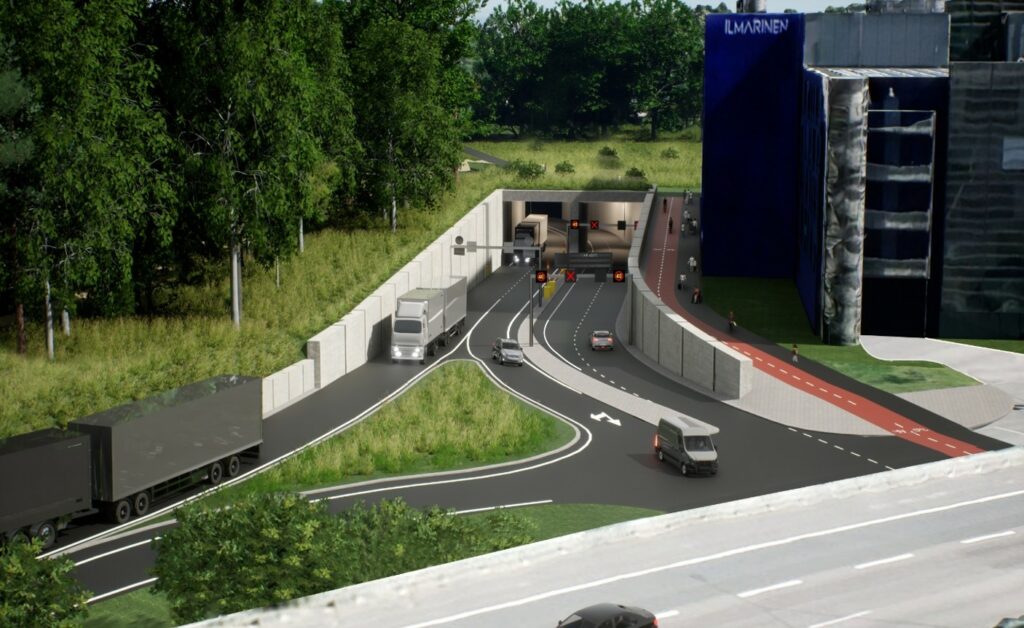
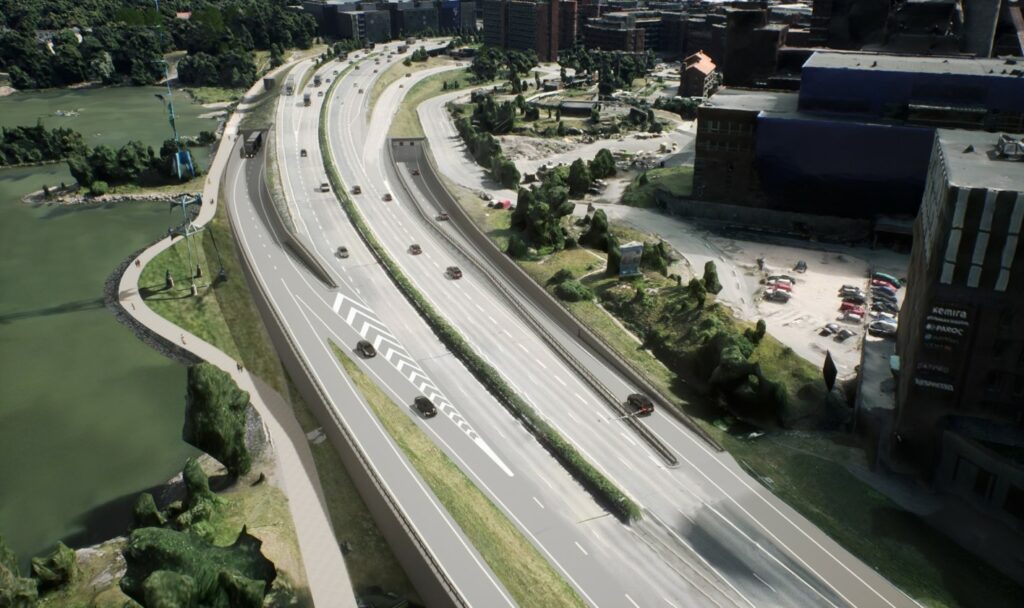
More information:
project manager Ari Parviainen, Port of Helsinki Ltd
ari.parviainen(at)portofhelsinki.fi
Tel. +35850 0214904


